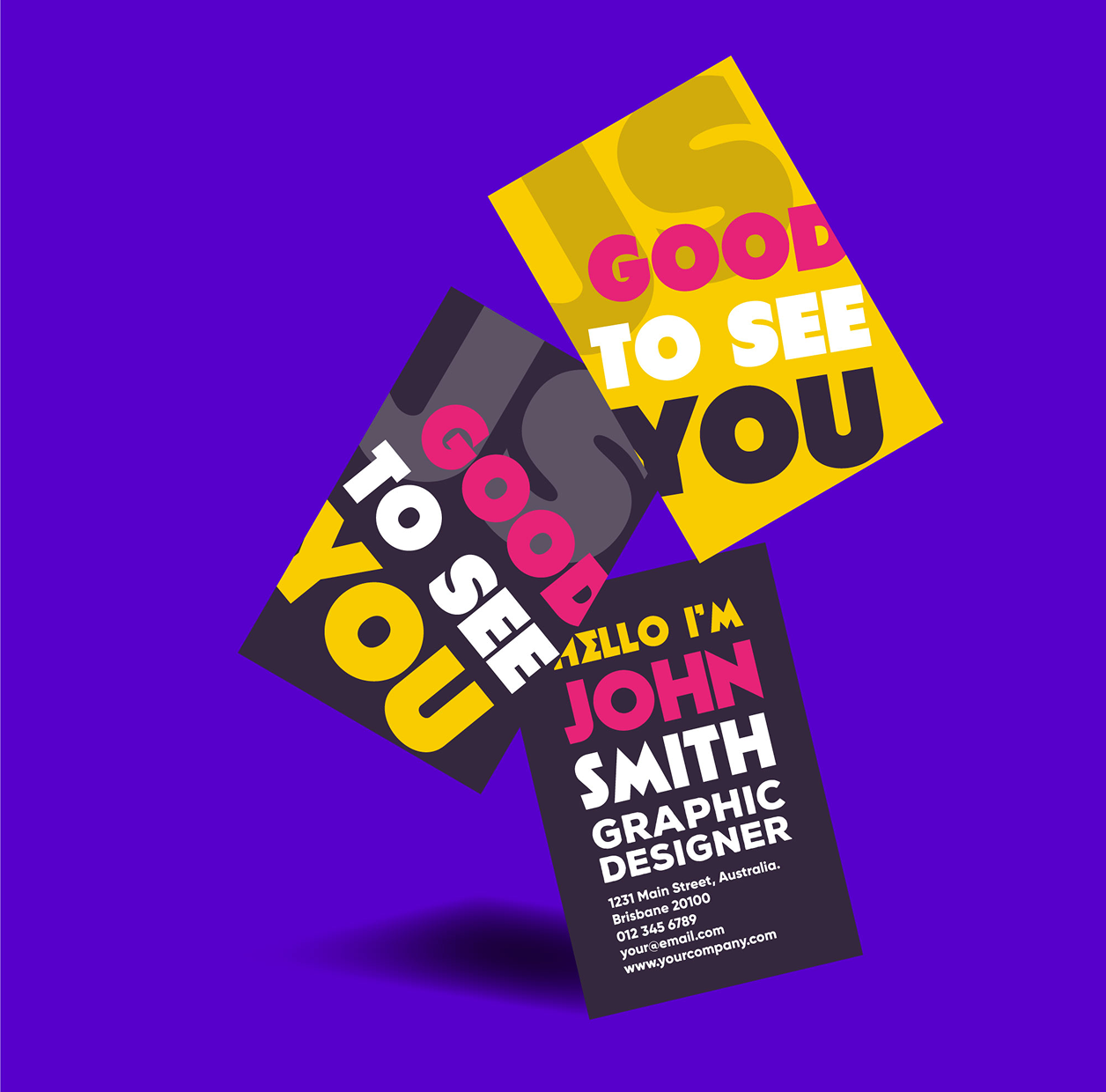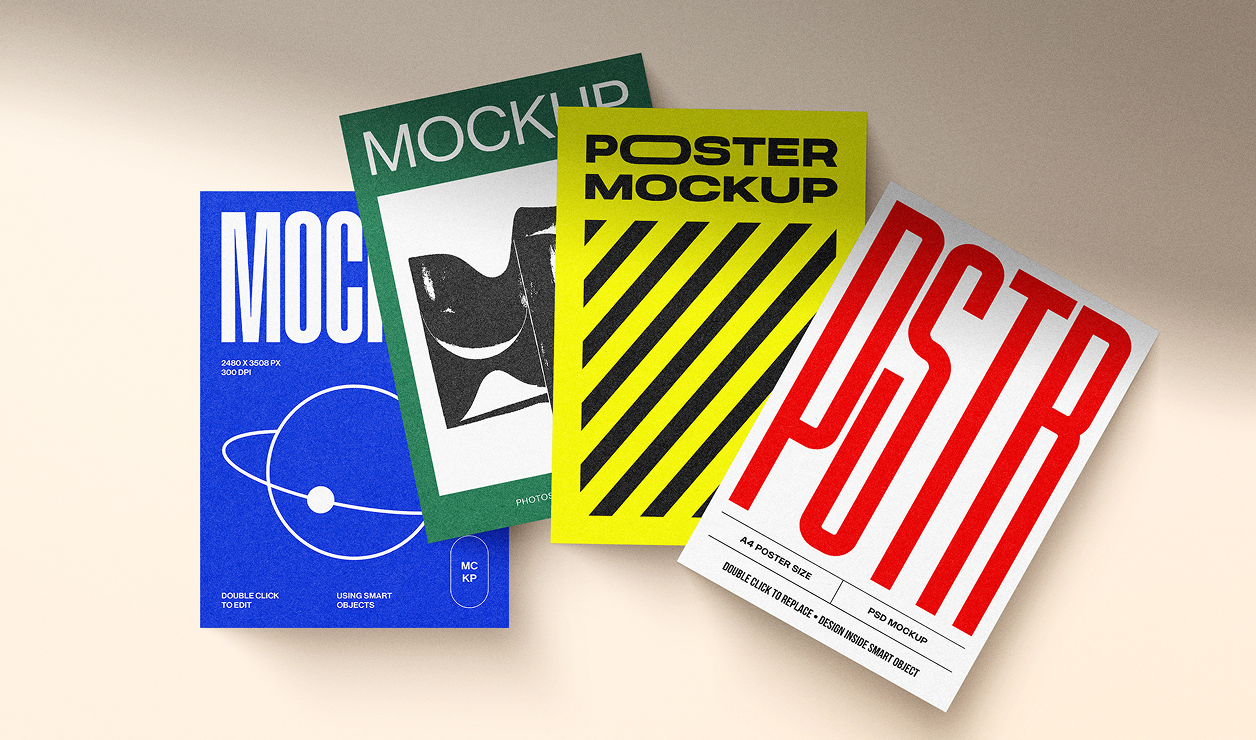.png)
ModeEdge Wear
UX Designer
Figma, Maze, Google Analytics
Jan 2025 – Mar 2025
Web & Mobile
With remote work becoming the norm, teams need digital spaces that go beyond just messaging — they need tools that support communication, coordination, and connection. This project focused on designing a remote collaboration app that helps distributed teams stay aligned, productive, and engaged. The aim was to streamline workflows, reduce tool fatigue, and create a virtual workspace that feels as natural and human as working side by side.

.png)

.png)
+22% increase in completed checkouts
-17% drop in bounce rate
Improved NPS from 6.5 to 8.2
Created a central workspace where users could see their tasks, upcoming meetings, team updates, and shared documents — all in one glance. This reduced app switching and brought context to daily work.
Designed an interactive onboarding flow with tooltips, sample data, and team setup walkthroughs. This helped users understand key features and get started with minimal friction.
Developed flexible messaging — with support for async threads, status updates, and quick check-ins. Real-time chat was enhanced with reply threads and emoji reactions, encouraging lightweight, natural conversation.
Integrated task assignment, video calls, file sharing, and meeting notes into a single ecosystem. Each feature was designed to feel cohesive, not bolted-on.
Added features like team mood check-ins, daily highlights, and “shoutouts” to celebrate wins. These small, culture-driven UX touches helped teams feel connected — even across time zones.